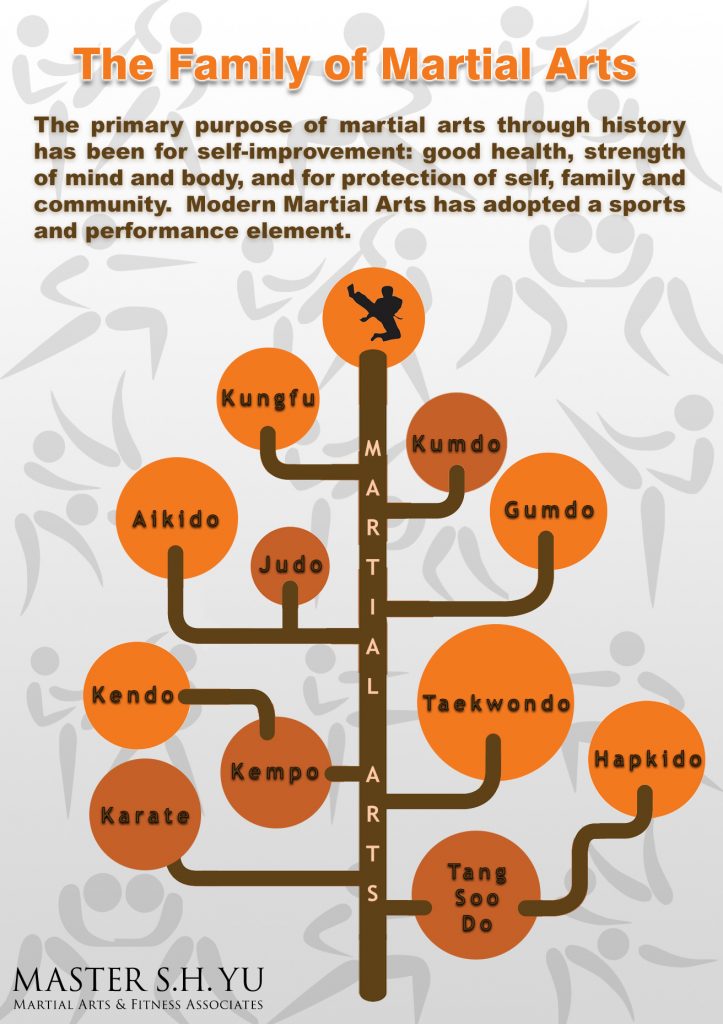Taekwondo For Self-Defense: Practical Tips And Strategies
Taekwondo For Self-Defense: Practical Tips And Strategies
Blog Article
Short Article By-Bennetsen Christensen
Wanting to improve your personal security strategies? Taekwondo, a fighting style known for its swift kicks and powerful strikes, might just be the ability you require.
With its focus on self-defense methods, Taekwondo provides functional tips and methods that can be used in real-life scenarios. Whether you're a newbie or have some experience, this conversation will offer you with beneficial understandings and techniques to improve your Taekwondo skills for self-defense.
So, prepare yourself to open the tricks behind Taekwondo's performance in protecting yourself, and find exactly how you can progress outfitted to manage any kind of potential danger.
Standard Taekwondo Techniques for Protection
To properly protect on your own making use of Taekwondo, it's essential to understand standard techniques that allow you to react promptly and emphatically in any kind of self-defense situation.
Among the fundamental strategies in Taekwondo is the front kick. This method entails raising your knee to your chest and extending your leg forward, intending to strike your challenger's upper body or confront with the sphere of your foot.
One more important technique is the roundhouse kick. With this kick, you pivot on your supporting foot and swing your leg in a circular motion, intending to strike your opponent's body or head with the top of your foot or shin.
The side kick is an additional effective method, entailing a fast and effective thrust of your leg to strike your opponent's waistline.
Effective Approaches for Making Use Of Taekwondo in Real-Life Situations
After mastering the fundamental methods of Taekwondo for protection, it's crucial to establish efficient methods that can be applied in real-life situations.
Below are 3 crucial methods to assist you use Taekwondo effectively:
- Stay calm and concentrated: In a real-life situation, it's easy to worry or end up being overloaded. However, by staying tranquility and focused, you can believe more clearly and make better decisions.
- Use Recommended Looking at : Taekwondo isn't just about kicks and punches. It's about utilizing your setting to your advantage. Seek things that can be utilized for defense or to develop range between you and your aggressor.
- Go for weak spots: When safeguarding on your own, go for the vulnerable points of your attacker. Strikes to the eyes, throat, groin, or knees can quickly disable a challenger and provide you the advantage.
Tips for Improving Your Taekwondo Abilities for Protection
Establishing your Taekwondo skills for protection calls for regular practice and a focus on key strategies.
To improve https://andyryepw.onzeblog.com/32487096/the-impact-of-young-people-martial-arts-on-academic-efficiency-and-emphasis , beginning by understanding the basics. Deal with your stance, equilibrium, and footwork to make sure a strong foundation.
Exercise your kicks and punches to establish speed, power, and accuracy. Incorporate protective strategies such as blocks and parries right into your training to efficiently protect on your own against attacks.
Regularly spar with a partner to simulate real-life circumstances and improve your reaction time and decision-making abilities.
In addition, cross-training in other fighting styles or battle sporting activities can provide an all-around approach to protection.
Final thought
As you get out of the taekwondo workshop, your mind is full of new methods and approaches for protection. You feel great in your ability to secure on your own in real-life circumstances.
However amidst the power and elegance of taekwondo, keep in mind that real protection lies not just in physical expertise, but likewise in the ability to stay clear of conflict and scattered strained circumstances.
Taekwondo is an effective device, but it is necessary to utilize it wisely and sensibly.
